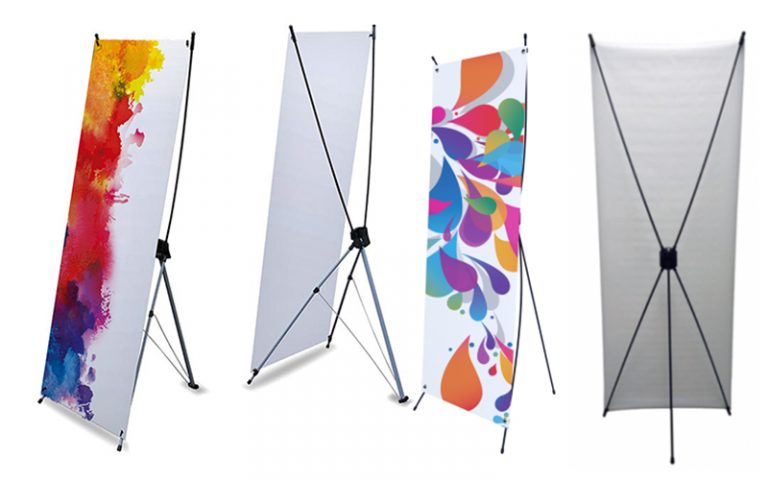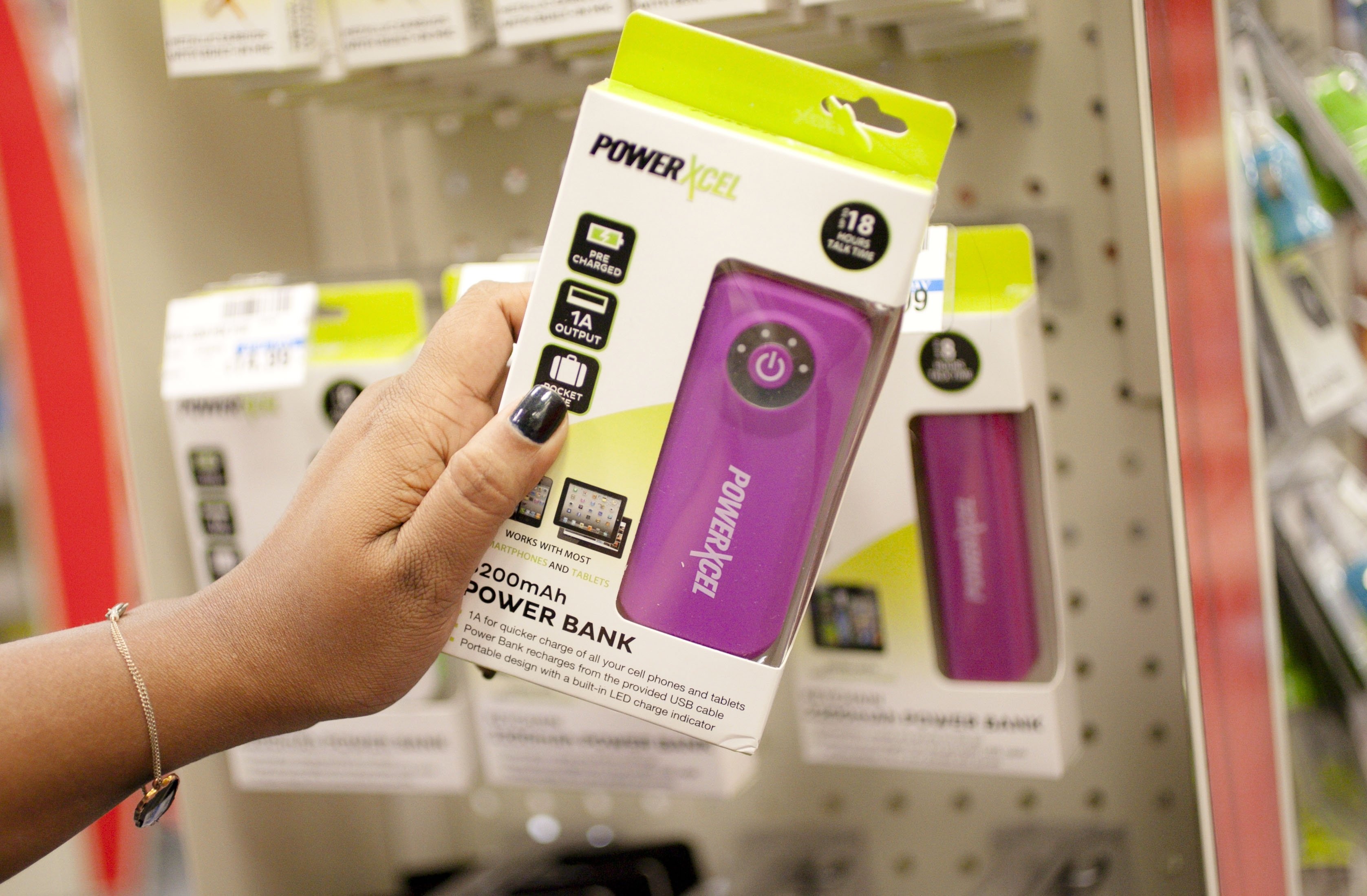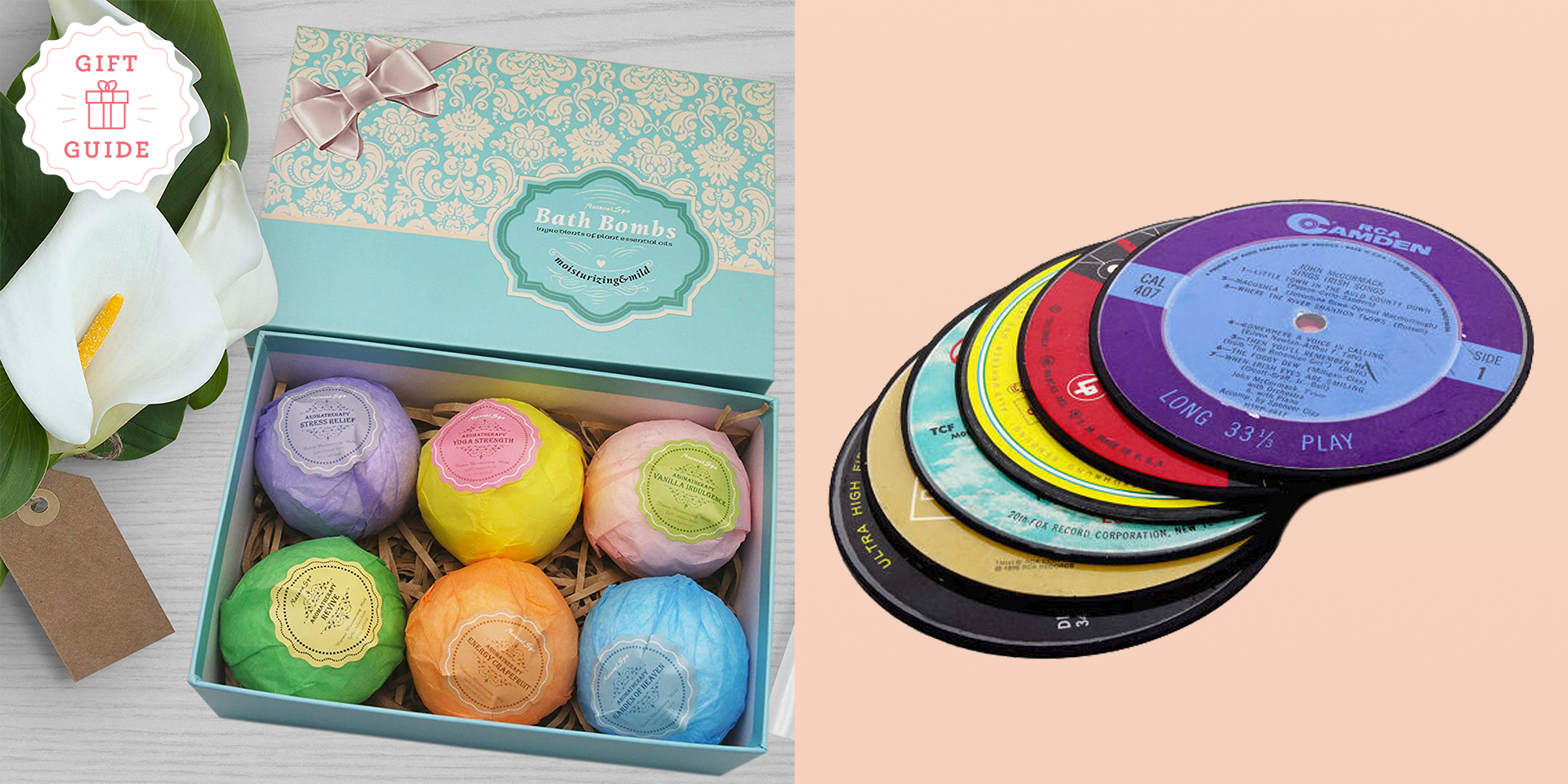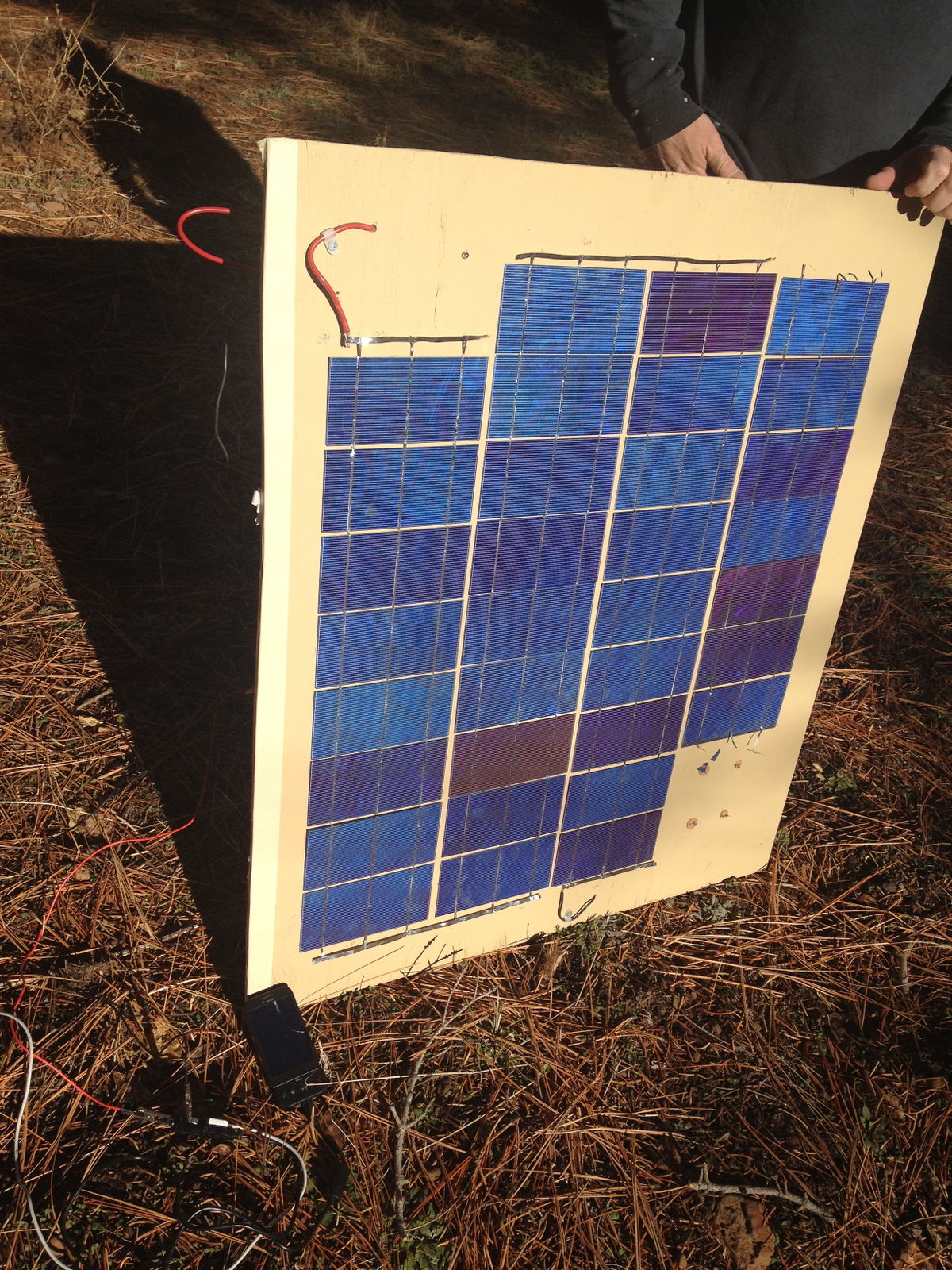Table of Content
It also includes a Directory that allows local businesses to promote their products and services. The proportions of children left with inadequate supervision vary widely across countries. However, in most countries, the poorest children are much more apt to be left alone or in the care of another child. Various health effects can result from toxic chemical exposure, including allergic reactions, asthma, migraines, dizziness, nausea, eye, skin, and respiratory tract irritation, various forms of cancer, and even death. The health effects resulting from exposure depends upon many factors, including how toxic the chemical is and the degree of exposure.

She has a couch, some rocking chairs, and a table in the room where children can play with toys and caregivers and visiting family members can sit nearby. On initial home visits, Sasha noticed family decorations, and found some similar things to decorate her classroom. She also took photos of each family and placed them around the room where children can see them. As discussed previously, the concept of using provocations can help you organize your space to spark or build upon children’s and youth’s interests.
Designing for All
Are incidents or circumstances that contribute to a school-age child’s misbehavior. Use theImproving the Indoor Environmentactivity to evaluate what is working well in the spaces pictured and what could be improved in terms of organization, aesthetics, or design? Complete the activity and share your responses with a trainer, coach, or administrator. Have an area with soft seating for children and youth to rest or be alone. List ways to make environments feel homelike, and identify possible provocations. Organize toys and supplies to make things easy for children.

Indicator definitions in the third round of MICS differed for some early childhood development indicators. For example, the age group for the two indicators on support for learning (adult and father’s engagement) was children under age 5. As such, data on some of the indicators from MICS3 are not directly comparable with data collected in subsequent rounds of MICS for any given country. Confirm that every adult living, working, or volunteering in the family child care home has had a comprehensive background check. Some license-exempt providers must follow a set of health and safety requirements and be monitored regularly, though the requirements for license-exempt providers are usually less strict than those for licensed providers.
Creating a peaceful environment for young children
Indoor arrangement of the physical environment is an art and a science. It is an art for you to make your program feel welcoming and like a home. It is a science as you use knowledge of developmentally appropriate practice to design your program’s floor plan.
However, when designing or redesigning your indoor space, it is also important to consider logistics, aesthetics, organization, and the needs of all children in the space. Our built environments, including child care settings, schools, and neighborhoods, can be sites of harmful chemical contamination. In fact, many toxic chemicals can be found in places where children spend time--home, child care, and school. As a family child care provider, you are in control of all aspects of your child care environment.
Agencies
In the dramatic play area, a small rug may be used under a dining table, in front of the sink, or beside the bed. Large size throwpillowsgrouped on the floor in preschool classrooms add color and texture and offer a place where a child can retreat to read a book, sit with a friend or two, or observe the group. Fabric choices include chintz, velour, velvet, satin, chenille, flannel, denim, jersey, and fake fur. Defined display areashelp organize art and other postings in the classroom. Children’s artwork, displayed at their eye level, can be matted to complement the colors in the picture.

Atypical meeting spaces can be adjusted by using sheets, turning shelves around or adding stop signs to minimize distractions and support engagement. Just make sure there is enough space for everybody involved to sit comfortably. Space is very important and can enhance or hinder a child’s learning.
Depending on the rules in your state, family child care providers may or may not be required to be licensed. Licensed providers are required to follow a set of basic health and safety requirements. Licensing agency staff visit family child care homes regularly to make sure they are meeting these health and safety requirements.

This will cut down on running and help children find activities more easily. Nature has a way of adding beauty, a sense of calm, and creativity to any environment. Create opportunities daily to expose children to the outside world, especially getting outdoors to play! The fresh air and physical exercise will provide a pathway to good health. Research shows that children who are physically healthy are happier.
The intensity or hue of a particular color can evoke a particular feeling—happiness, tranquility, excitement. Help families feel good about where they are, even if it isn‘t where they want to be long term. This can be done by pointing out what obstacles the family may have overcome and accomplished to find housing, keep their family together, or seeking EHS services. Encourage parents to respond to babies’ sounds, smiles, and gestures as though they are having conversations.
Organizing materials by their purposes makes sense in both of these environments. In stores, we might call groups of similar items “departments.” In learning environments, we use the term “activity areas” to describe spaces that are designed for certain purposes. Describe ways to include children's cultures in the family child care environment.























